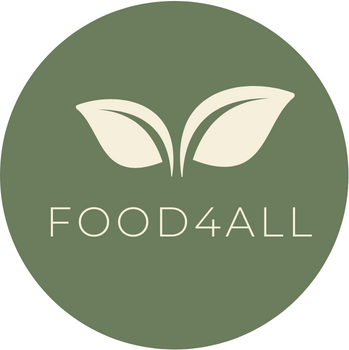Food safety outbreaks, among other consequences such as the social ones mentioned before, have also a strong and negative impact on food industries. It is worth noticing that a single event of a foodborne illness may result in incredible economic losses. However, economic reports proved that food safety related costs are smaller for the companies in the case that they invest in preventing these events than the costs after the event outbreak. Additionally, globalization and international food trade also contribute to the increase of the incidents related to food safety outbreaks. The precure for the food industries is high in order to ensure the microbiological safety of their products, to meet global demand and to be competitive. The economic consequences of a foodborne outbreak are really serious and, depending on the extend, they may result in the closure of an individual company or to a particular sector. At Table 1, examples of food outbreaks in various areas in the world and their economic losses are presented.
Table 1. World examples of some expensive food outbreaks/recalls and the estimated economic losses (Hussain and Dawson, Foods, 2013; 2(4): 585–589).
|
Year |
Contamination/Food Product |
Estimated Economic Loss |
Region/Country |
|
2013 |
Clostridium botulinum/Whey concentrate |
Unknown |
New Zealand |
|
2009 |
Salmonella/Peanut products |
$70 million |
USA |
|
2008 |
Salmonella/Tomatoes |
$250 million |
USA |
|
2008 |
Mad cow disease/Meat |
$117 million |
USA |
|
2007 |
Salmonella/Peanut butter |
$133 million |
USA |
|
2006 |
E. coli/Spinach |
$350 million |
USA |
|
1992 |
E. coli/Hamburgers |
$160 million |
USA |
